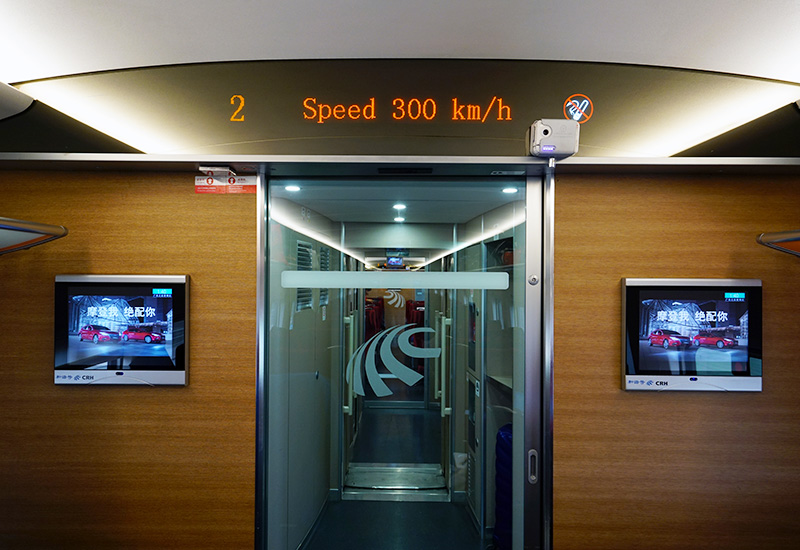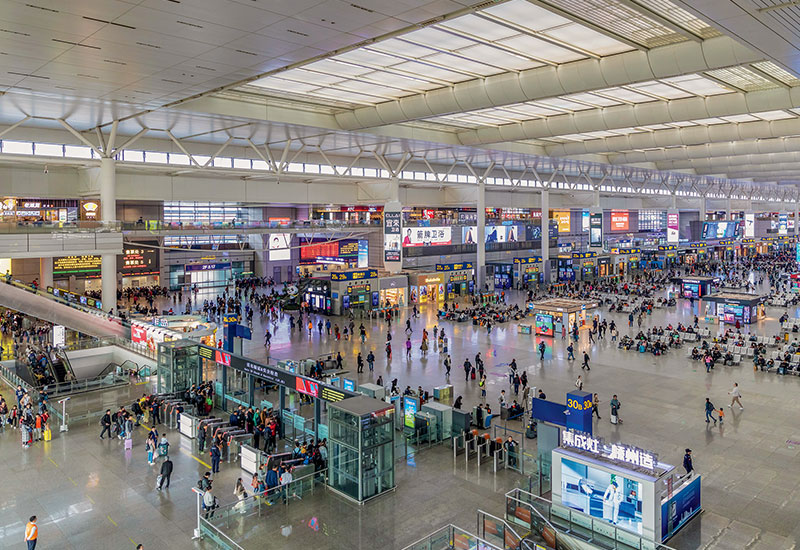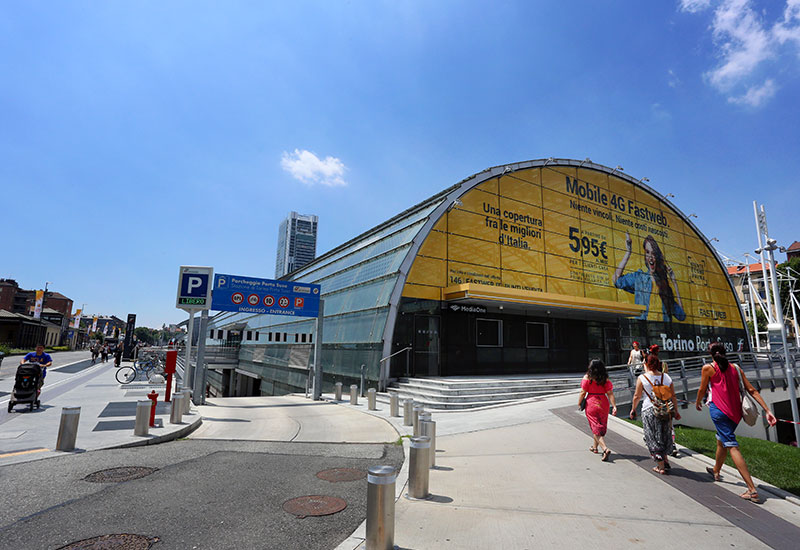
Innovation and technologies of the future
Most countries have their own set of rail regulations, as well their own signalisation and speed control systems, and this is the case for all aspects of high-speed. Europe has solved the issue of border crossings, which was a major obstacle, thanks to the ERTMS system, which is now required for any proposal for a high-speed line. Among the technologies of the future, Hyperloop is a very high-speed concept that could become reality.
INTEROPERABILITY
To overcome the constraints of border crossings, trains can be equipped with every signalisation system used in the countries crossed. This was put into effect in 1996 on Thalys trainsets, able to run on French and Belgian high-speed lines as well as French, Belgian, Dutch, and German conventional lines. But beginning in 2009, in order to cross the Belgium –Netherlands border on a high-speed line, Thalys trains had to be equipped in addition with the ERTMS on-board equipment. Destined to ensure interoperability between European rail networks – on conventional as well as high-speed lines -, this system, an acronym for “European Rail Traffic Management System”, must eventually replace the different systems of lateral signalisation, signal repetition and cabin signalisation in use today.
ERTMS
ERTMS regroups two systems:
- GSM-R (Global System for Mobile Communication - Railway). This wireless rail communication system permits the transmission of data between the train and management centres. After twenty-five years of success and at the risk of becoming obsolete, GSM-R has become a real international standard, as it had remained unchanged while three generations of mobile telephone technology had come and gone since its introduction! For this reason, action is required to define telecommunications for the future, known as FRMCS (Future Railway Mobile Communication System).
- ETCS (European Train Control System), with in-cabin signalisation. This system operates on three levels: level 1 maintains lateral signalisation; level 2 without lateral signalisation; and level 3, without track equipment.
Level 3 remains largely experimental. Level 2 is currently in use to equip high-speed lines.
Basing track to train communications on Level 2 ETCS and GSM-R (or its replacement), it has become possible to imagine a transition to autonomous driving for high-speed trains in the coming years. This is already the case of automated metro systems using other technologies (CBTC, Communication-based Train Control). Since March 2018, Thameslink suburban trains cross central London using level 2 ETCS autonomous driving, and it is anticipated that this solution be implemented for high-speed trains. In any case, this is proposed by SNCF (Société nationale des chemins de fer français) in its TGV GoA 2 (Grade of Automation 2) project, which allows for automated acceleration and braking, but keeps a driver in the cabin.
HYPERLOOP TECHNOLOGY
Popularised by Tesla CEO Elon Musk, this technology consists of operating magnetic propulsion capsules through a steel tube maintained at partial vacuum, transporting passengers or freight inside of a depressurised capsule at the speed of sound (1200 km/h). A dozen companies are developing this technology around the world, including three leaders: Hyperloop One (California), Hyperloop Transportation Technologies (HTT, USA) and Transpod, a Canadian start-up. Hyperloop One has executed early tests in Nevada, and the two others in France; HTT in Toulouse, the heart of the European aerospace industry, and Transpod near Limoges. Hyperloop presents the advantage of being faster than both train and airplane. The only negative is that it requires its own network. USA, Ukraine, Russia, China, United Arab Emirates, Slovakia, Germany, and France are ready to host the first tests for this revolutionary technology.







